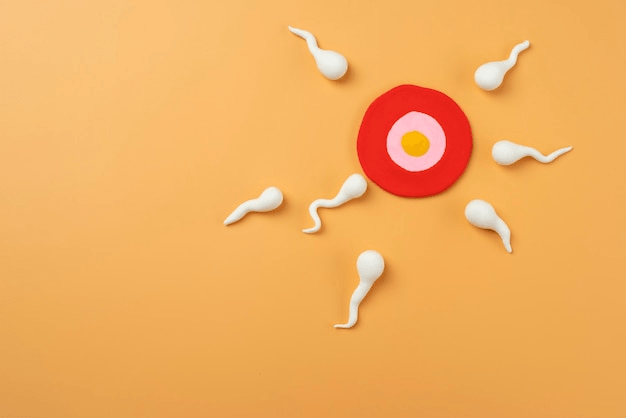Azoospermia, a condition where a man has no measurable sperm in his semen, affects about 1% of the male population and is a leading cause of male infertility. However, with advancements in medical science and lifestyle modifications, overcoming azoospermia challenges is possible. In this article, we will explore the causes, diagnosis, treatment options, and natural ways to improve sperm health.
Understanding Azoospermia
Azoospermia is classified into two main types:
- Obstructive Azoospermia (OA): This occurs when sperm production is normal, but a blockage prevents sperm from mixing with semen.
- Non-Obstructive Azoospermia (NOA): This type results from low or no sperm production due to hormonal imbalances, genetic disorders, or testicular failure.
Common Causes of Azoospermia
Several factors can contribute to azoospermia, including:
- Genetic conditions such as Klinefelter syndrome
- Hormonal imbalances
- Previous surgeries like vasectomy
- Infections or inflammation of the reproductive tract
- Exposure to environmental toxins
- Lifestyle factors like excessive alcohol consumption and smoking
Diagnosis of Azoospermia
Diagnosing azoospermia requires a thorough medical evaluation, which includes:
- Semen Analysis: To confirm the absence of sperm in the semen.
- Blood Tests: To check hormone levels such as FSH and testosterone.
- Ultrasound: To examine the reproductive organs.
- Testicular Biopsy: To determine whether sperm production is taking place inside the testes.
Treatment Options for Azoospermia
Medical and Surgical Treatments
- Hormone Therapy: If the cause is hormonal imbalance, medications can help restore fertility.
- Surgical Procedures: Men with obstructive azoospermia may benefit from procedures like vasectomy reversal or sperm retrieval techniques (TESA, PESA, MESA, or micro-TESE).
- Assisted Reproductive Technologies (ART): IVF and ICSI (Intracytoplasmic Sperm Injection) allow fertilization using retrieved sperm.
Natural Ways to Improve Sperm Health
While medical interventions are crucial, lifestyle changes can also support sperm production:
- Maintain a Healthy Diet: Include foods rich in antioxidants, zinc, and folic acid.
- Exercise Regularly: Moderate physical activity helps improve blood circulation and hormonal balance.
- Manage Stress: High stress levels negatively affect sperm production. Meditation and yoga can help.
- Avoid Heat Exposure: Prolonged exposure to heat (hot tubs, saunas, and tight clothing) can lower sperm count.
- Reduce Toxin Exposure: Avoid smoking, excessive alcohol, and harmful chemicals.
The Emotional and Psychological Impact
Dealing with azoospermia can be emotionally challenging. Seeking support from fertility counselors or support groups can be beneficial. Communication with a partner and exploring alternative family-building options like sperm donation or adoption may also help navigate this journey.
Final Thoughts
Overcoming azoospermia challenges requires a comprehensive approach that includes medical interventions, lifestyle changes, and emotional support. If you or someone you know is struggling with azoospermia, consulting a fertility specialist is the first step toward finding the best treatment options.
For more insights on male fertility and reproductive health, explore our blog at Prolistem.





